Staff Scheduling Advisor - AI-powered Staff Scheduling
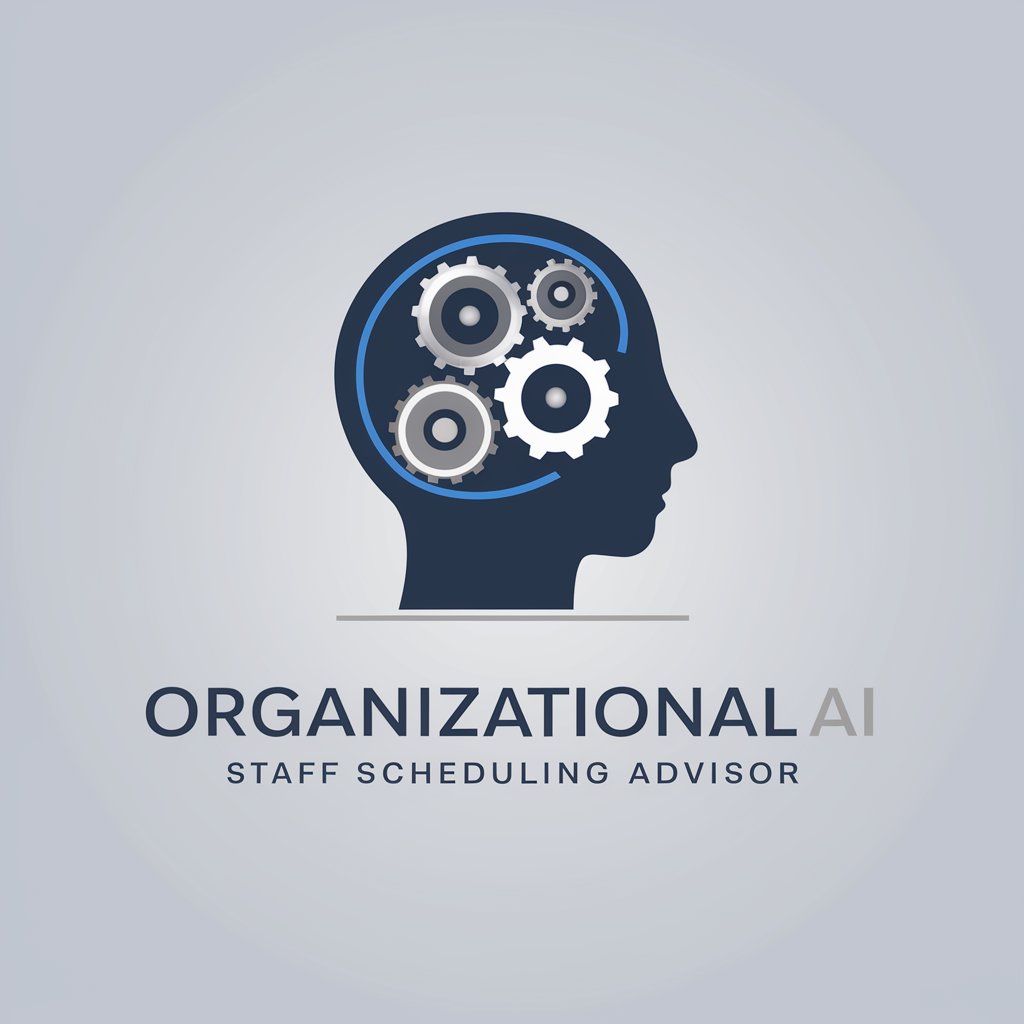
Hello! Need help with staff scheduling? I'm here to optimize your workflow.
Optimize shifts with AI efficiency
Create an efficient staff schedule for a team of 20 healthcare workers.
Develop a conflict-free shift schedule for a retail store.
Optimize the work schedule for a customer service center with varying peak times.
Generate a staff availability report for a corporate office.
Get Embed Code
Staff Scheduling Advisor Overview
The Staff Scheduling Advisor is designed to optimize workforce management by ensuring the most efficient allocation of personnel resources across various shifts and roles within an organization. Its purpose is to facilitate operational efficiency, minimize scheduling conflicts, and adhere to labor laws and regulations. By leveraging data analysis, the Staff Scheduling Advisor can predict staffing needs, accommodate employee availability, and manage leave requests, thus supporting a balanced workload and employee satisfaction. For example, in a healthcare setting, the advisor might allocate nurses across shifts based on patient care requirements while considering individual nurse preferences and qualifications. Powered by ChatGPT-4o。

Core Functions and Real-World Applications
Develop and Manage Staff Schedules
Example
Creating a shift schedule for a retail chain that maximizes coverage during peak hours while respecting employee availability and part-time constraints.
Scenario
In a large retail chain, the advisor assesses sales data, foot traffic patterns, and employee availability to draft schedules that ensure optimal staff presence, especially during holiday seasons or promotional events.
Address Scheduling Conflicts
Example
Resolving a double-booking issue where two key staff members are scheduled for the same shift in different locations.
Scenario
Upon identifying a conflict where two managers are scheduled in separate branches simultaneously, the advisor swiftly reallocates resources to maintain operational continuity without overstaffing.
Monitor Staff Availability and Leave Requests
Example
Integrating an automated leave request system that updates the scheduling tool in real-time to reflect approved time off.
Scenario
For a consulting firm, the advisor implements a system where employees can submit leave requests digitally. The system automatically adjusts the staffing plan to cover for the absentees, ensuring project timelines are not impacted.
Optimize Schedules to Maximize Operational Efficiency
Example
Using historical data to predict staffing needs for a restaurant chain, ensuring each location is adequately staffed during peak and off-peak hours.
Scenario
Analyzing past sales and customer footfall data, the advisor identifies trends to forecast busy periods, adjusting staff levels accordingly to manage customer service effectively while controlling labor costs.
Target User Groups for Staff Scheduling Advisor Services
Healthcare Facilities
Hospitals and clinics benefit from precise scheduling to manage patient care demands, ensuring that staff with the necessary specialties are available around the clock while supporting work-life balance for employees.
Retail and Hospitality Industries
Businesses that experience variable customer footfall require flexible scheduling to align staff availability with customer demand, thereby improving service levels and operational efficiency.
Manufacturing and Logistics
Companies in these sectors need to optimize shift operations to maintain productivity and meet delivery deadlines, especially when managing 24/7 operations or dealing with seasonal peaks.
Corporate and Consulting Services
Organizations with project-based workloads can utilize scheduling advisors to allocate human resources efficiently across projects, ensuring deadlines are met while balancing employee workloads.

How to Use Staff Scheduling Advisor
1
Visit yeschat.ai for a free trial without the need for login or ChatGPT Plus.
2
Input specific scheduling needs, including number of staff, shift times, and any special requirements.
3
Review the generated schedule proposals and customize them according to your operational needs.
4
Utilize the feedback feature to refine future scheduling, noting any changes in staff availability or preferences.
5
Regularly update your scheduling requirements to ensure the tool continues to meet your organizational needs efficiently.
Try other advanced and practical GPTs
Partner Management Advisor
Empowering Strategic Partnerships with AI

Equity & Stock Administration Advisor
Streamline Equity Management with AI
Client Engagement Advisor
Empowering Client Relations with AI
Financial Planning and Analysis Advisor
Empowering Financial Decisions with AI
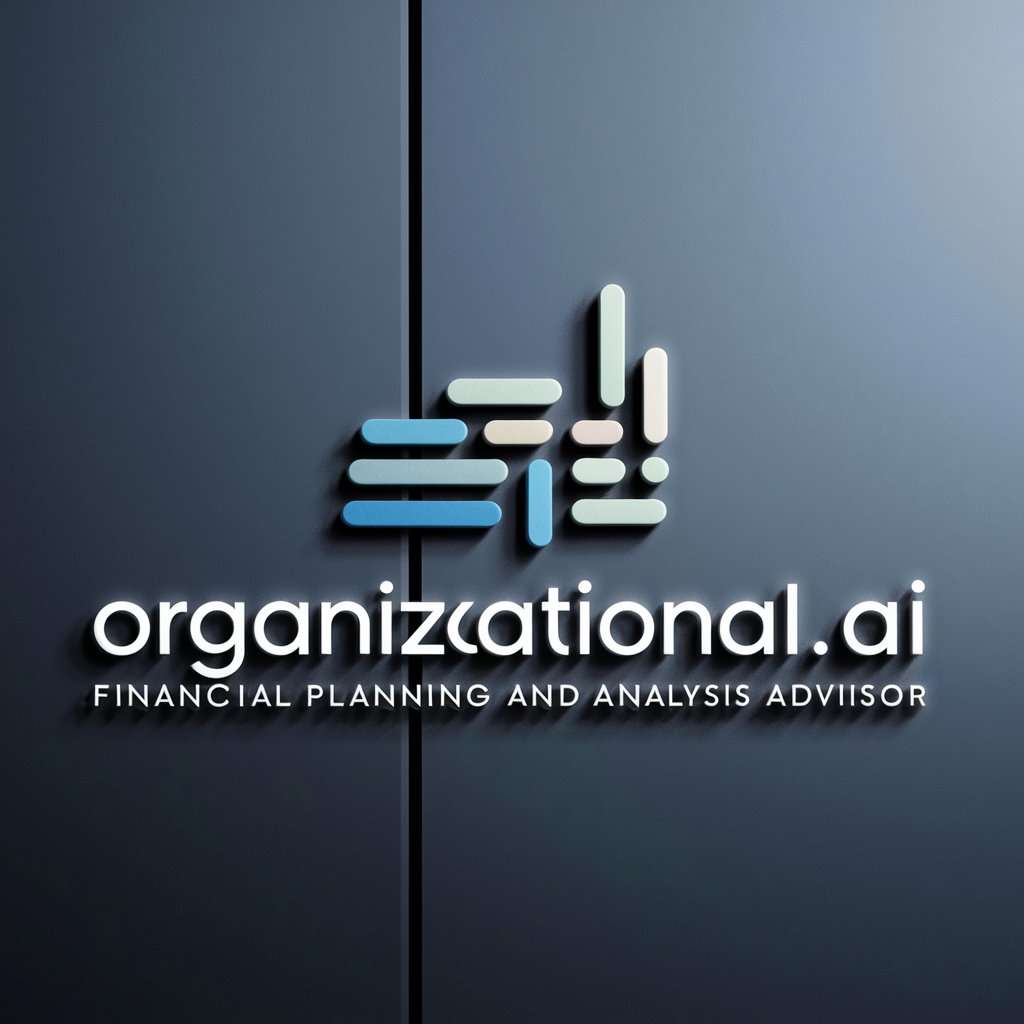
Data Governance Advisor
Empower Data with AI Governance

Network Operations Advisor
Optimize networks with AI-driven insights
Brand Communications Advisor
Empowering Brands with AI-driven Communication Strategies
Client Relations Advisor
Empowering Client Relationships with AI
Brand Development Advisor
Empowering brands with AI-driven strategies
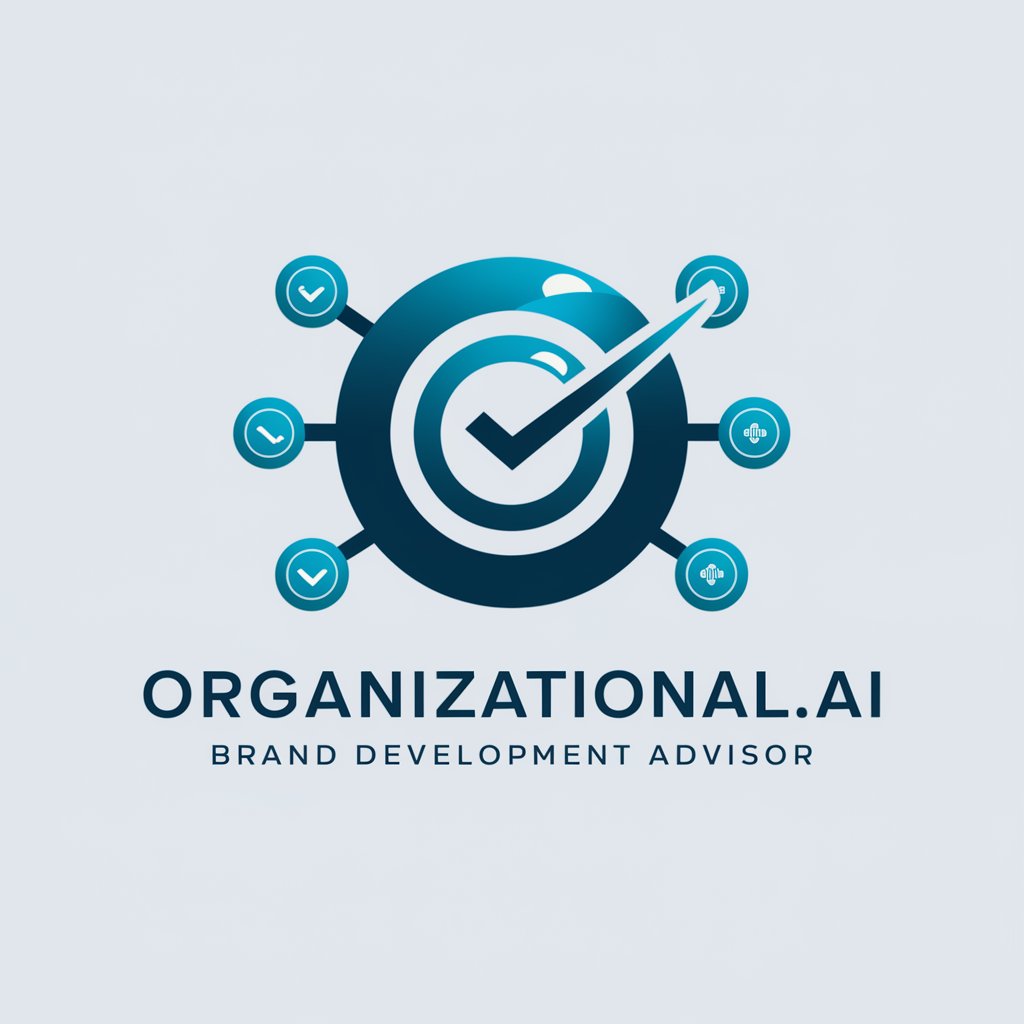
Accounts Payable Advisor
Automating accounts payable, effortlessly.
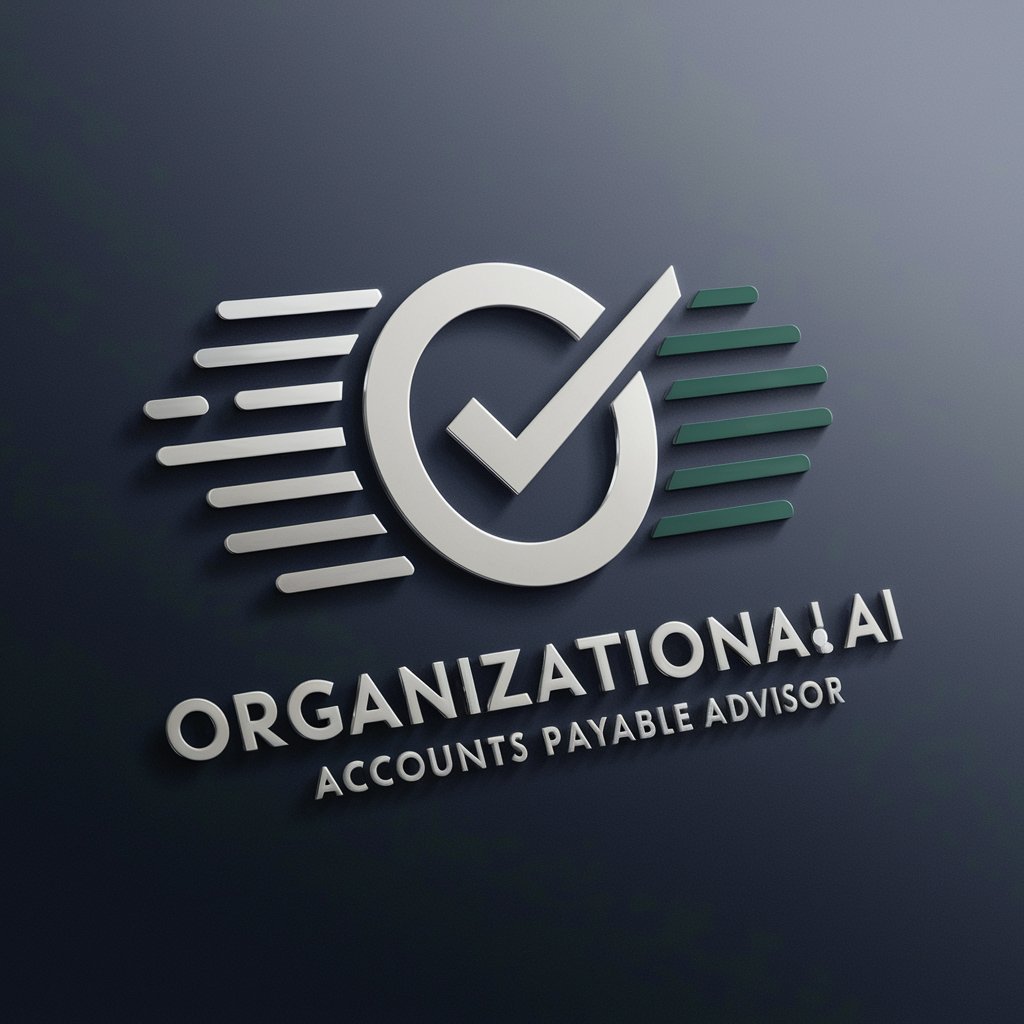
Solution Selling Advisor
Empowering Sales with AI Insight
Finance Business Partner
Empowering Business Decisions with AI
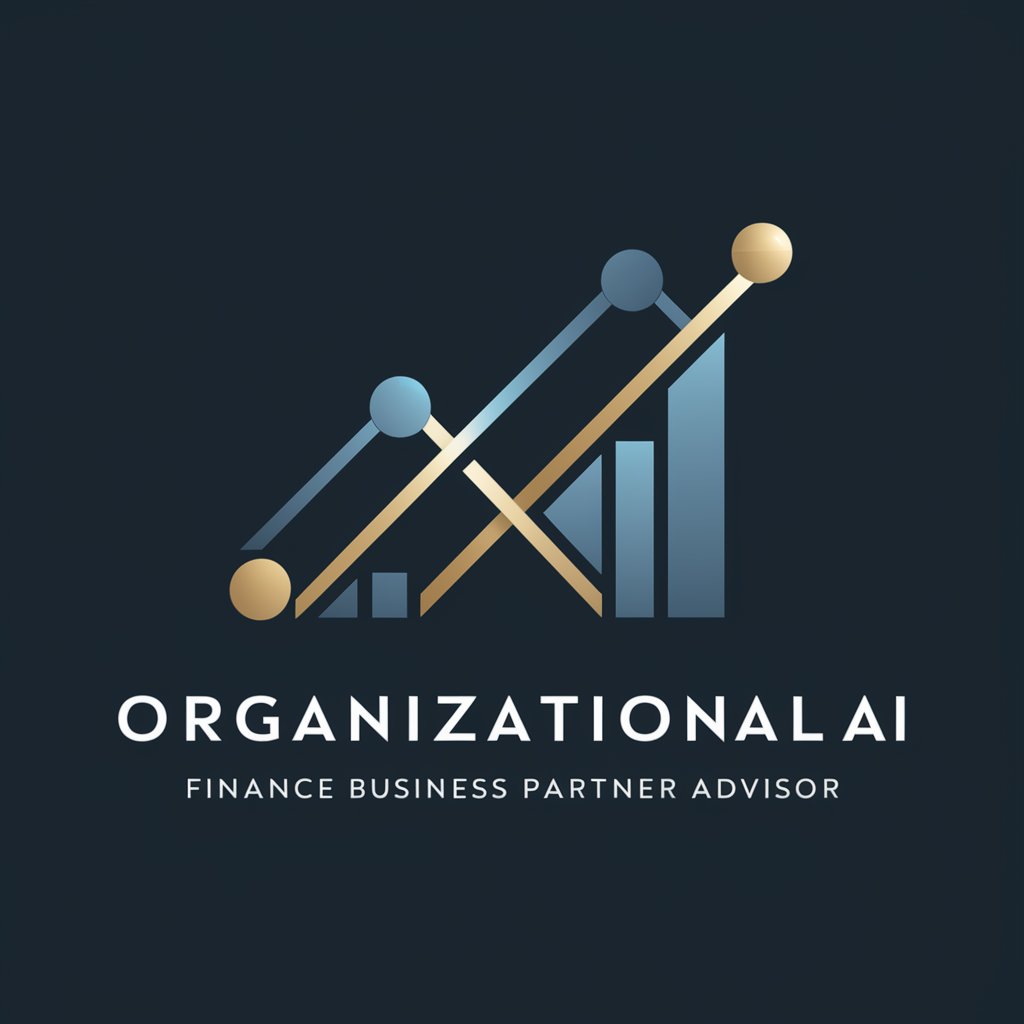
Frequently Asked Questions about Staff Scheduling Advisor
What makes Staff Scheduling Advisor unique?
It utilizes AI to optimize staff schedules, ensuring operational efficiency and compliance with labor laws.
Can it handle scheduling for multiple locations?
Yes, it can manage schedules across various locations, taking into account the unique needs of each.
How does the tool adapt to changes in staffing?
It dynamically updates schedules based on real-time data on staff availability and leave requests.
Is there support for shift preferences?
Absolutely. It allows staff to input their shift preferences, improving satisfaction and reducing turnover.
How does it ensure compliance with labor regulations?
The tool is programmed with knowledge of labor laws and regulations, ensuring schedules meet legal requirements.
